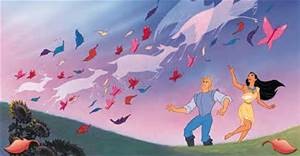“In short, a land ethic changes the role of Homo sapiens from conqueror of the land-community to plain member and citizen of it. It implies respect for his fellow-members, and also respect for the community and such” (Leopold, 240).
Leopold’s brief summary of his idea of “land ethic” stood out to me in the reading as a critically important detail that points out what the world needs now. In order to properly conserve and achieve a widespread sustainable mindset, people must first respect the surroundings and strive for this land ethic.
“No important change in ethics was ever accomplished without an internal change in our intellectual emphasis, loyalties, affections, and convictions. The proof that conservation has not yet touched these foundations of conduct lies in the fat that philosophy and religion have not yet heard of it” (Leopold, 246).
This passage highlights the difficulty in achieving the aforementioned land ethic. To reach people on a deeper, meaningful level remains a task that requires significant efforts over a great period of time. Such change cannot be achieved overnight or even over multiple years. Once an idea, such as conservation, reaches foundations of belief and conduct, then it will be an integral idea. At such an ideal point, conservation would simply be a given aspect of daily life actions for people.
“A land ethic, then, reflects the existence of an ecological conscience, and this in turn reflects a conviction of individual responsibility for the health of the land. Health is the capacity of the land for self-renewal. Conservation is our effort to understand and preserve this capacity” (Leopold, 258).
Leopold simply states the significance of a land ethic in terms of conservation and health of the land. These three key points (land ethic, health, and conservation) are the integral facets to environmental awareness and protection that people must sincerely work to achieve in our time.

